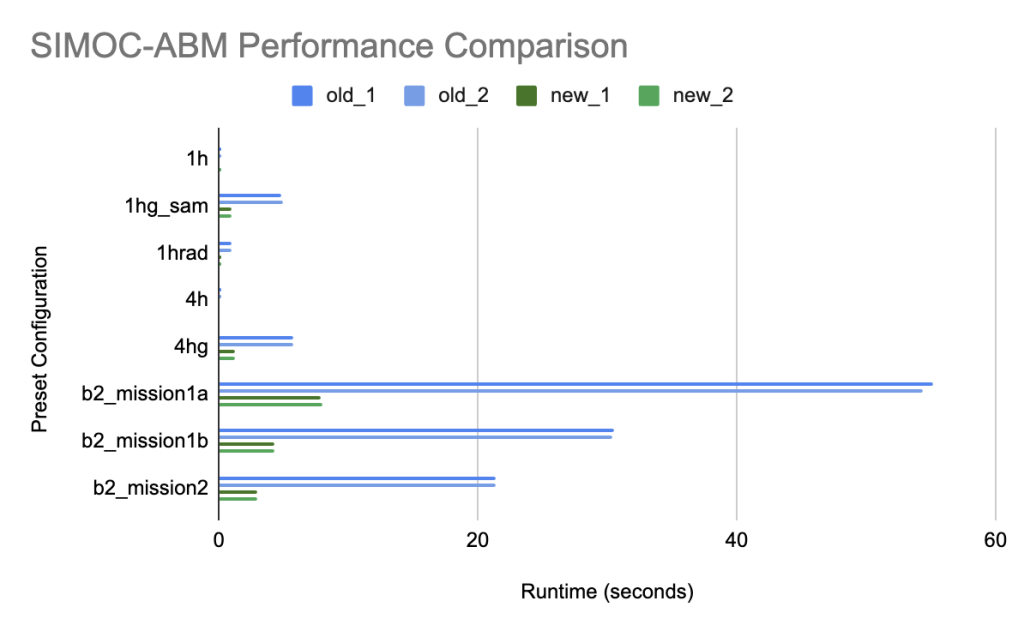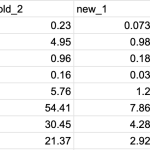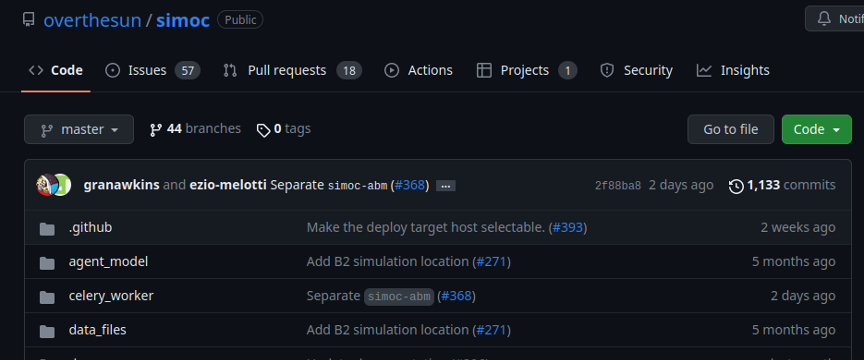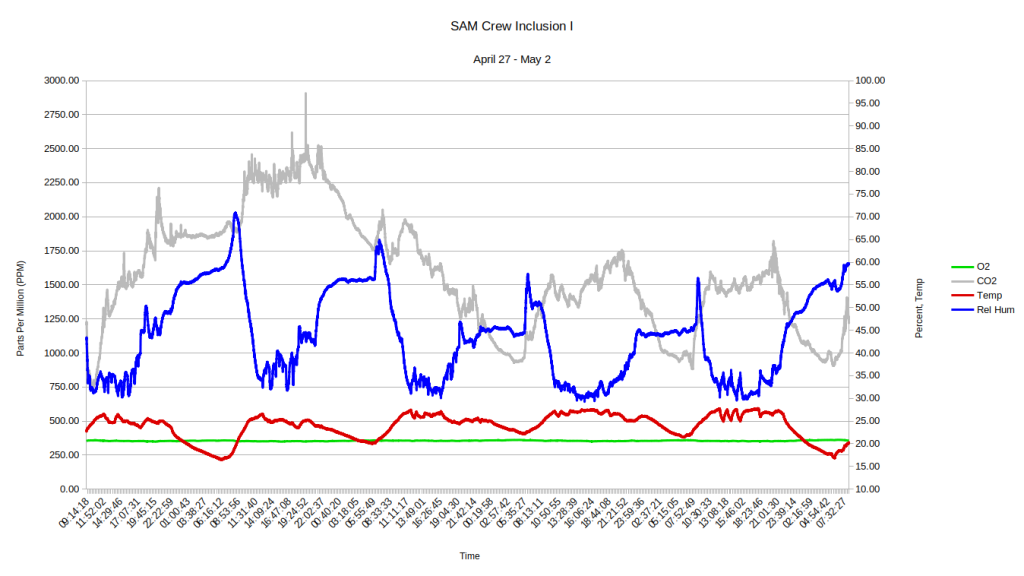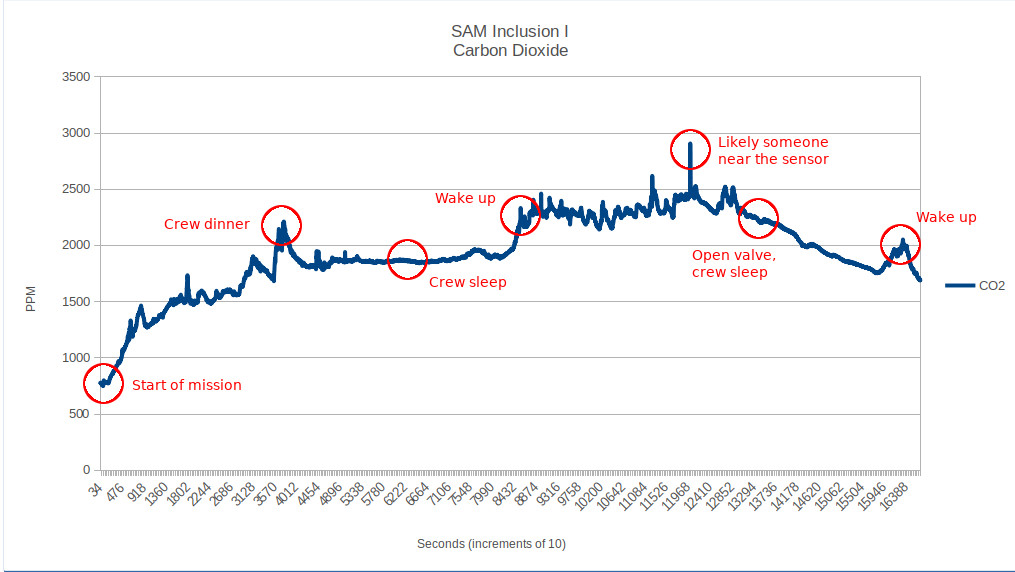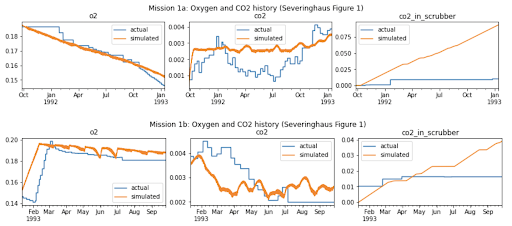SIMOC integrated into Biosphere 2 K-12 app
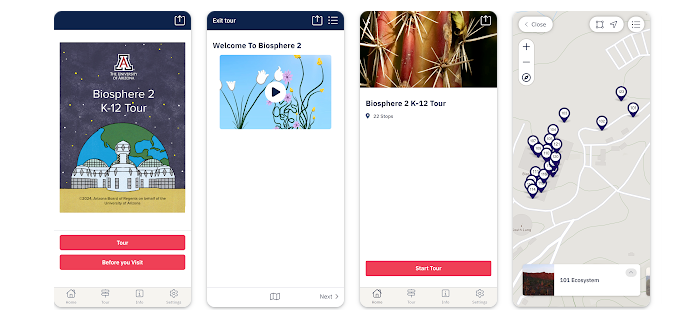
The Biosphere 2 K-12 app provides an accessible guide for students and their teachers to explore this advanced scientific research facility, the worlds largest closed system with everything needed to support human life. By the end of your experience, you’ll be prepared to design and build your own biosphere using a computer model using the SIMOC application which includes a comprehensive model of original 1991-93 and 1994 sealed experiments with 8 and 7 crew members, respectively.


